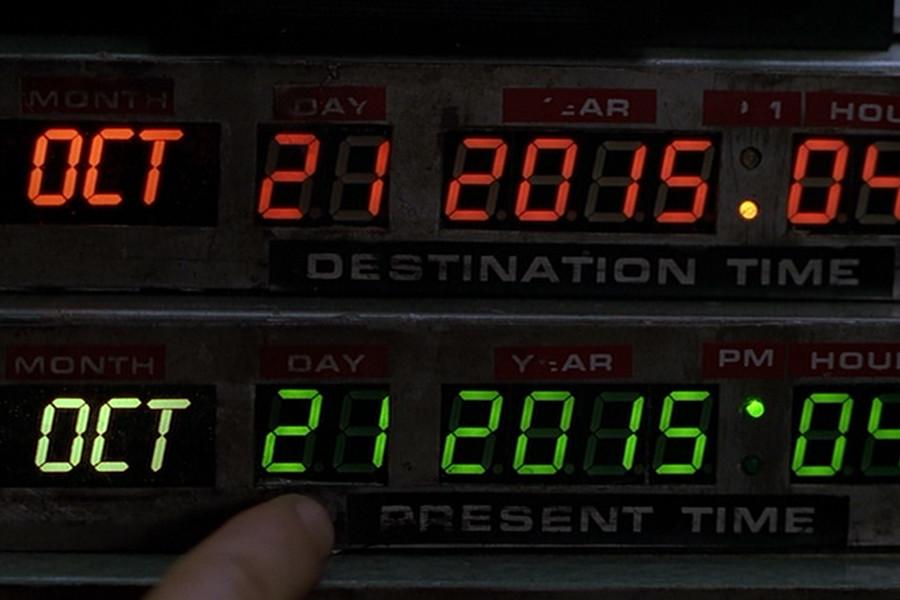Marty and Doc Weren’t That Far Off
Roads? Where we’re going, we don’t need roads.
Back to the Future Part II is a 1989 screenplay written by Robert Zemeckis and Bob Gale with main characters Marty McFly (Michael J. Fox) and Doc Brown (Christopher Lloyd) where the duo have to go to the future date of October 21, 2015 from 1985.
October 20, 2015
Back to the Future Day is right around the corner and it’s looking like the 26 year old screenplay had a pretty good idea of how the year 2015 was going to look. There were more independently developed and invented things like video conferencing, flat screen television or a holographic Michael Jackson.
In addition to these now seemingly common inventions the companies that were oh so forward thinking in Back to the Future II to advertise got to work with movie designers to create futuristic versions of their current products have been rolling them out throughout the year.
Pepsi is going to sell 6,500 limited edition bottles of Pepsi Perfect, while Nike has been working with the original designer of the power lacing Nike Mag to release a fully functional version of the shoes. Toyota has also been building up towards a release set for the 21st with featurettes starring Lloyd and Fox.
We’ve yet to see working flying cars, the Mattel style Hoverboard, and we will have to wait and see how the Cubs are going to fare in the World Series because of the longer baseball season. But that’s not to say no one hasn’t tried, this 80s classic spurred the creative minds of engineers around the world to try to tackle the visuals created in the movie.
Hoverboards seem to be the iconic technology that everyone remembers from the trilogy and that would explain the fascination with the gravity defying boards. It’s been spoofed, apologized for, and finally, actually achieved. This prototype that Tony Hawk rides on isn’t quite the one you’d see in Robert Zemeckis’ version of 2015.
The happy combination of sometimes rather stunning visual effects and computer generated ones used in Back to the Future Part II seemed to have convinced many that the fiction from this time traveling trilogy could become reality. It turns out that they weren’t too crazy to think that after all.































